The army yesterday showcased its new shooting training program that seeks to simulate battlefield conditions to better prepare soldiers for real combat situations.
In a demonstration open to the media at an army base in Taoyuan, soldiers showed reporters how they fire precisely at targets while standing, prone or kneeling.
Previously, soldiers were only trained to shoot their pistols or rifles in a stationary prone position, the army said.
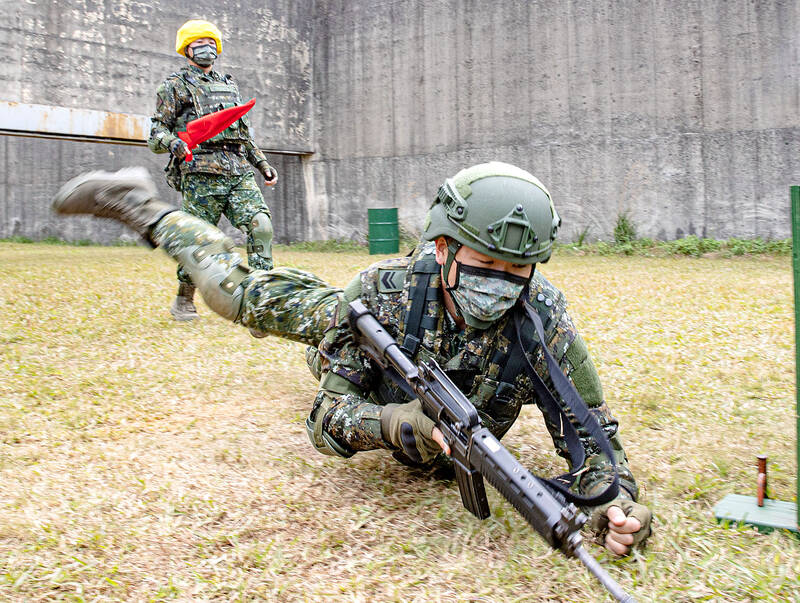
Photo: CNA
The change was made to simulate battleground conditions, with trainees changing shooting positions as they would need to in combat and fixing their guns if they are jammed, it said.
Trainees are required to run past two obstacles before taking a total of 36 shots from three positions at nine targets that are about 50m to 75m away within 1 minute, 45 seconds, it said.
To pass, soldiers must hit the targets with six of 12 shots while standing, four of 12 while prone and four of 12 while kneeling, the army said.
Army Major Chang Chia-hua (張家華) of the army’s Education, Training and Doctrine Development Command, which devised the new program, said the biggest difference in the new approach was its emphasis on soldiers’ fitness and endurance, and their need to stay still and control their breathing while shooting after being in motion.
The latest change is part of the military’s ongoing training reforms to boost combat readiness as tensions between Taiwan and China remain high.
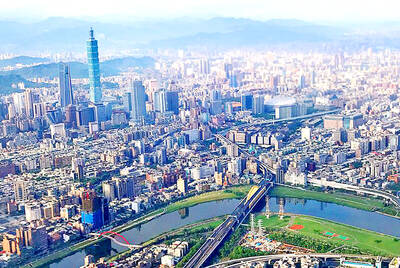
Taipei has once again made it to the top 100 in Oxford Economics’ Global Cities Index 2025 report, moving up five places from last year to 60. The annual index, which was published last month, evaluated 1,000 of the most populated metropolises based on five indices — economics, human capital, quality of life, environment and governance. New York maintained its top spot this year, placing first in the economics index thanks to the strength of its vibrant financial industry and economic stability. Taipei ranked 263rd in economics, 44th in human capital, 15th in quality of life, 284th for environment and 75th in governance,
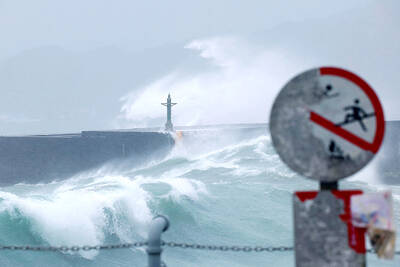
Greenpeace yesterday said that it is to appeal a decision last month by the Taipei High Administrative Court to dismiss its 2021 lawsuit against the Ministry of Economic Affairs over “loose” regulations governing major corporate electricity consumers. The climate-related lawsuit — the first of its kind in Taiwan — sought to require the government to enforce higher green energy thresholds on major corporations to reduce emissions in light of climate change and an uptick in extreme weather. The suit, filed by Greenpeace East Asia, the Environmental Jurists Association and four individual plaintiffs, was dismissed on May 8 following four years of litigation. The
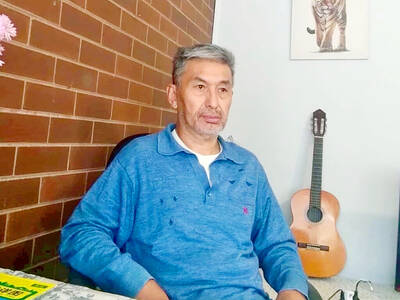
A former officer in China’s People’s Liberation Army (PLA) who witnessed the aftermath of the 1989 Tiananmen Square massacre has warned that Taiwan could face a similar fate if China attempts to unify the country by force. Li Xiaoming (李曉明), who was deployed to Beijing as a junior officer during the crackdown, said Taiwanese people should study the massacre carefully, because it offers a glimpse of what Beijing is willing to do to suppress dissent. “What happened in Tiananmen Square could happen in Taiwan too,” Li told CNA in a May 22 interview, ahead of the massacre’s 36th anniversary. “If Taiwanese students or
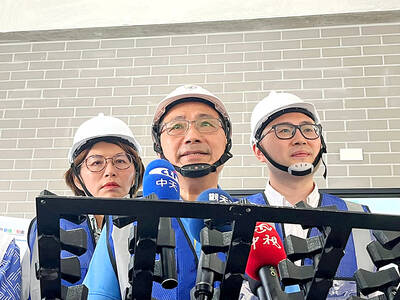
The New Taipei City Government would assist relatives of those killed or injured in last month’s car-ramming incident in Sansia District (三峽) to secure compensation, Mayor Hou You-yi (侯友宜) said yesterday, two days after the driver died in a hospital. “The city government will do its best to help the relatives of the car crash incident seek compensation,” Hou said. The mayor also said that the city’s Legal Affairs, Education and Social Welfare departments have established a joint mechanism to “provide coordinated assistance” to victims and their families. Three people were killed and 12 injured when a car plowed into schoolchildren and their